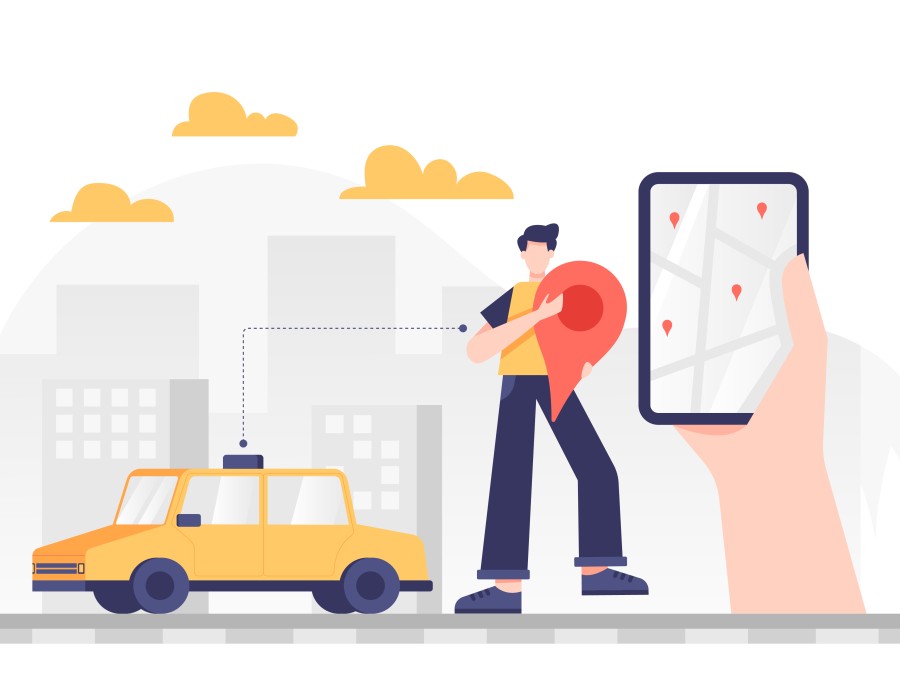A roadside assistance mobile app is a digital solution made to offer drivers who are experiencing unplanned car breakdowns or problems on the road instant assistance and support. With just a few taps on their cellphones, users of this software can request a variety of roadside services like towing, tire changes, fuel delivery, jump starts, and lockout assistance.
In order to guarantee a flawless user experience and effective service delivery, developing an on-demand roadside assistance mobile app requires following many crucial stages.
Here's a comprehensive how-to instruction for creating such an app:
Market Research: To comprehend the demands and interests of users, conduct in-depth market research. Examine rival apps to find distinguishing qualities that will make your app stand out.
Define Features and Functionality: Enumerate the key functionalities, such as communication, secure payments, real-time tracking, and service requests. Think about extra features like emergency contacts, car diagnostics, and membership programs.
Choose the Tech Stack: Choose the right database, frameworks, and programming languages for your technology stack. Make that the performance and scalability requirements are met by the selected technology.
Design User Interfaces (UI/UX): Create an interface that is simple to use and straightforward for service providers as well as customers. Make sure the design is eye-catching, the navigation is simple, and the call-to-action buttons are obvious.
Backend Development: To handle user requests, control service provider networks, and guarantee real-time communication, create a solid backend system. For seamless front-end component integration, use secure APIs.
Frontend Development: Make user and service provider front-end interfaces that are dynamic and responsive. Incorporate functionalities such as in-app communication, real-time tracking, and service request forms.
Real-Time Tracking Integration: For precise real-time tracking of service vehicles, integrate mapping and GPS services. Make sure that users can track the arrival of help with ease.
Secure Payment Gateway: Include a safe payment gateway so that users of the app can make cashless purchases.Verify that financial transactions adhere to industry norms.
User Authentication and Security: To protect user accounts and data, put strong user authentication procedures in place. Use encryption techniques to safeguard confidential data.
Testing: Carry out comprehensive testing, encompassing security, usability, and functional testing. Examine and fix any problems or defects before to running the application.
Launch: Once extensive testing and approval have been completed, release the app on the intended platforms (iOS, Android).
Monitoring and Updates: Use analytics tools to track user activity and app performance. Update the app frequently to add security patches, enhancements, and new features.
The conventional method of handling auto crises and breakdowns is being revolutionized by the numerous advantages of an on-demand roadside assistance mobile app. Customers get instant access to a network of trustworthy service providers, guaranteeing prompt support when required. Users may monitor the oncoming service vehicle with the app's real-time monitoring feature, which helps to ease their worry during roadside situations. An roadside assistance mobile app development company streamlines the development process, ensures high-quality output, accelerates time-to-market, and provides ongoing support, ultimately providing an easy services to customers.






Comments